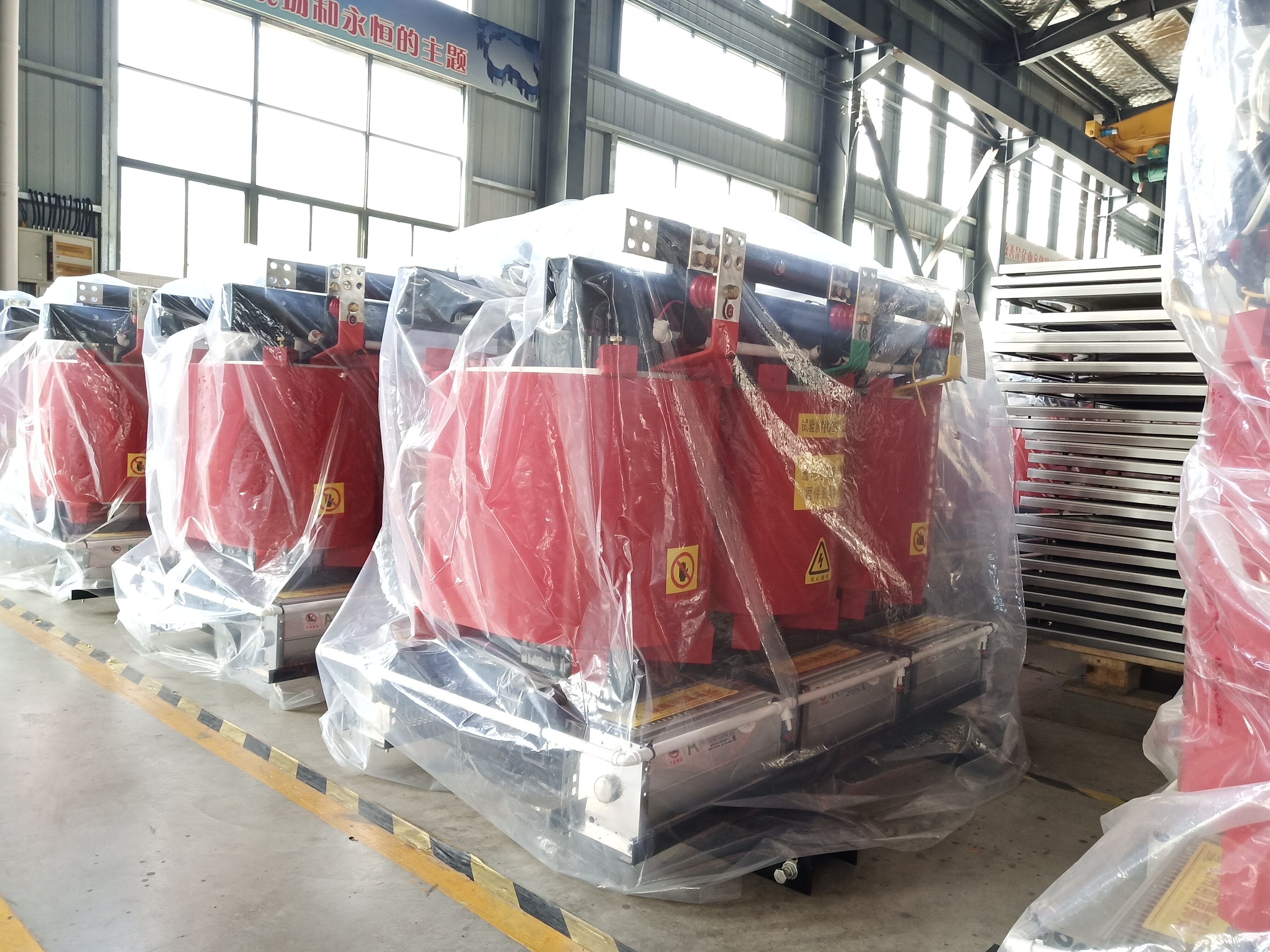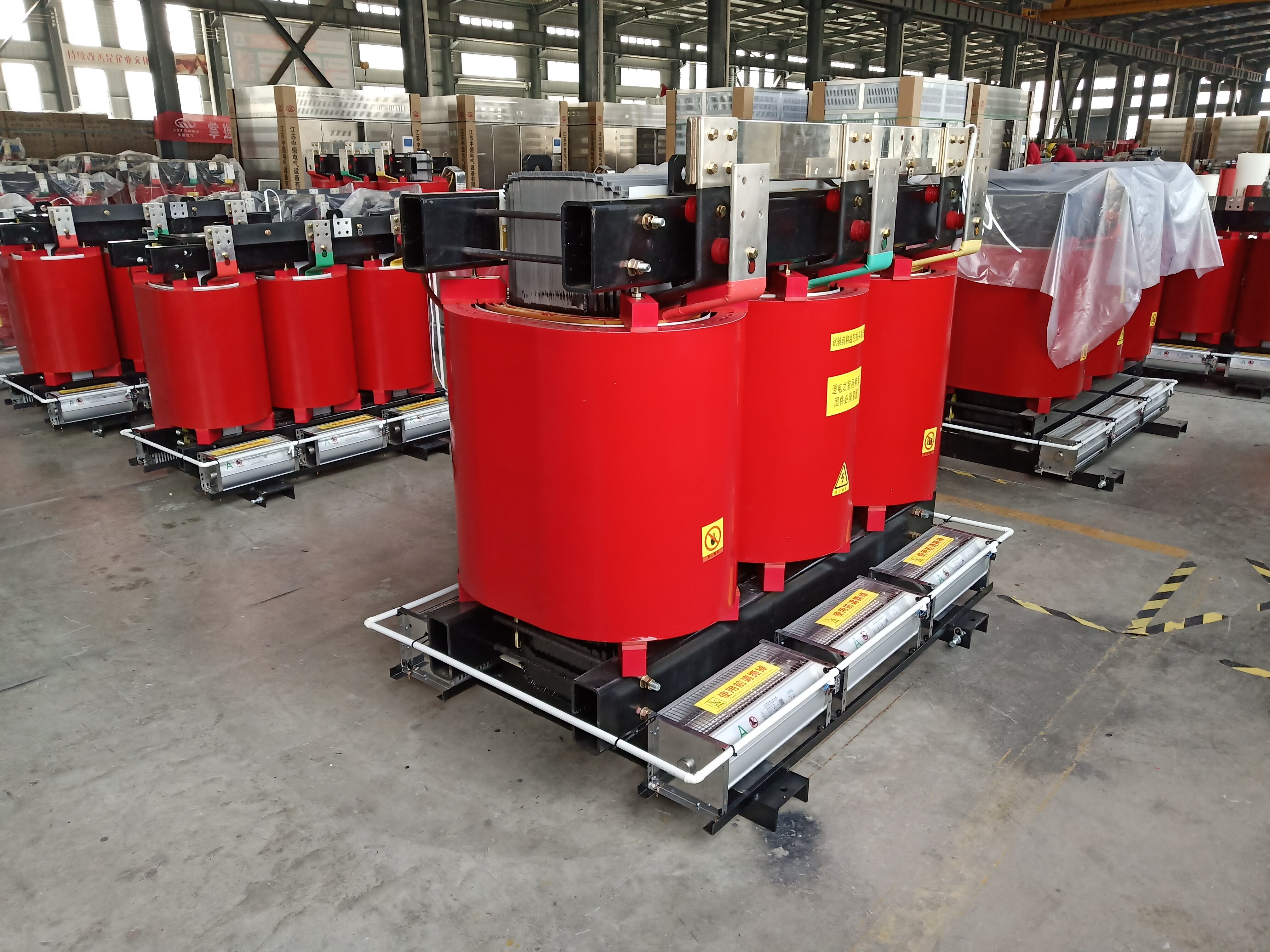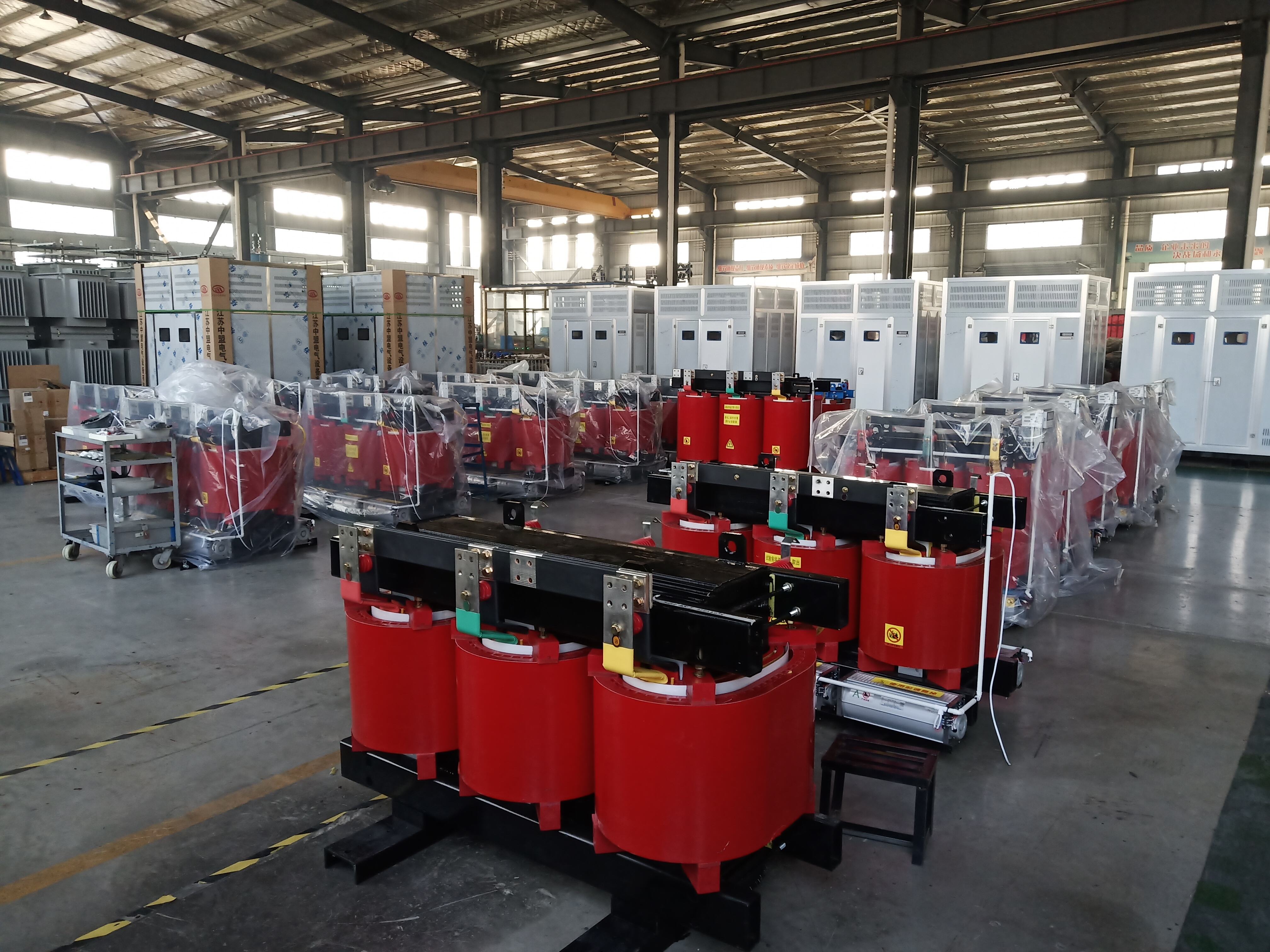dry type transformer price
The dry type transformer price represents a significant investment consideration in modern electrical infrastructure. These transformers, operating without liquid cooling mediums, offer a cost-effective solution for various voltage transformation needs. The price structure typically reflects the transformer's capacity, ranging from small 100 kVA units to large 3000 kVA installations. Key factors influencing the price include the core material quality, winding specifications, and protective enclosure design. Modern dry type transformers incorporate advanced materials like premium silicon steel cores and high-grade copper windings, which impact the overall cost but ensure superior performance. The price also accounts for essential features such as temperature monitoring systems, tap changers, and protective devices. These transformers find extensive applications in commercial buildings, industrial facilities, and renewable energy installations, where their initial cost is offset by lower maintenance requirements and enhanced safety features. Market competition and technological advancements continue to influence pricing dynamics, with manufacturers offering various models to meet different budget constraints while maintaining quality standards.


